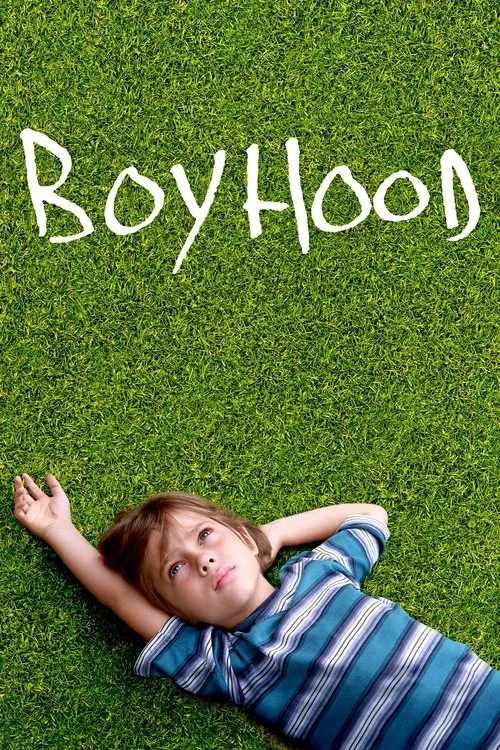Boyhood

Plot
Boyhood, written and directed by Richard Linklater, is an innovative and poignant coming-of-age drama that defies traditional narrative conventions. Released in 2014, the film presents a 12-year period in the life of Mason Jr., played by Ellar Coltrane, as he navigates the complexities of adolescence, his relationship with his divorced parents, and his own identity formation. The story unfolds in six segments over a duration of 12 years, capturing Mason's growth from the age of six to 18. The film's non-linear structure, achieved through the use of interwoven scenes and subtle transitions, effectively conveys the elasticity of time and its profound impact on one's perception of life. As the narrative unfolds, Mason's journey becomes a metaphor for the passage of time, underscoring the ephemeral nature of childhood and the gradual emergence of adulthood. At the beginning of the film, we are introduced to Mason Jr., a curious and energetic six-year-old, as he embarks on a road trip with his father, Mason Sr. (played by Ethan Hawke), to visit his mother, Olivia (played by Patricia Arquette), in Houston. Their journey signals a significant shift in Mason Jr's life, heralding the dissolution of his parents' marriage. Throughout the film, Mason Sr.'s relationship with his son is marked by periods of paternal love and neglect, as he struggles to balance his desire to provide for Mason with his own self-discovery and personal growth. Olivia, on the other hand, is a determined mother who dedicates herself to raising their son despite her own emotional turmoil. Her relationship with Mason is characterized by unwavering devotion, love, and a strong sense of responsibility. Olivia's commitment to providing stability and security for Mason enables him to navigate the complexities of adolescence with a semblance of resilience. As Mason Jr. grows, he becomes increasingly withdrawn, grappling with the emotional fallout of his parents' divorce. He struggles to cope with the absence of his father, while also dealing with his own desires and the expectations placed upon him. These internal conflicts are externalized through his relationships with his friends and peers, with whom he must navigate the social hierarchies of school and the challenges of adolescence. Throughout the film, Linklater skillfully captures the nuances of Mason's relationships with the adults in his life. Mason Sr.'s character, in particular, undergoes significant development, as he struggles to come to terms with his own shortcomings as a father and his place within the family. The dynamic between Mason and his father is marked by a mix of warmth, affection, and rejection, underscoring the complexities of paternal relationships. Olivia's character, too, evolves over the course of the film, as she navigates her own desires, struggles with personal loss, and grapples with the consequences of her decision to raise Mason as a single mother. Her love and commitment to Mason are unwavering, even as she faces her own personal challenges and setbacks. The film's cinematography, handled by Lee Daniel, adds another dimension to the narrative, capturing the beauty and mundanity of everyday life. The camera work is characterized by a mix of handheld and Steadicam shots, which add to the film's sense of realism and immediacy. The use of natural lighting and the careful selection of settings further underscores the film's emphasis on naturalism and its commitment to exploring the intricacies of human relationships. Ultimately, Boyhood is a powerful and poignant exploration of the complexities of human relationships and the transformative nature of time. Mason Jr.'s journey is a poignant reminder of the resilience of the human spirit, as he navigates the challenges of childhood, adolescence, and young adulthood with dignity and courage.
Reviews
Recommendations





